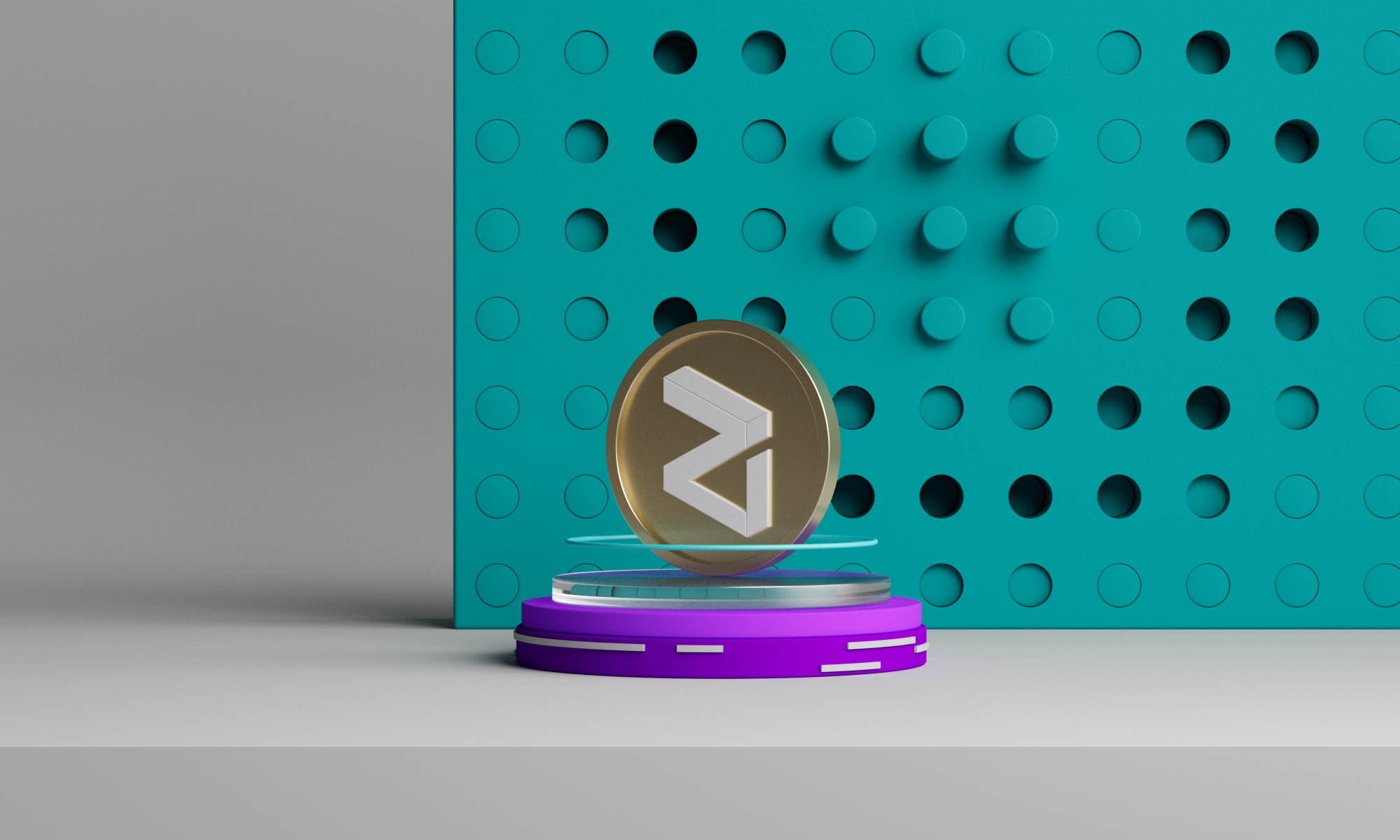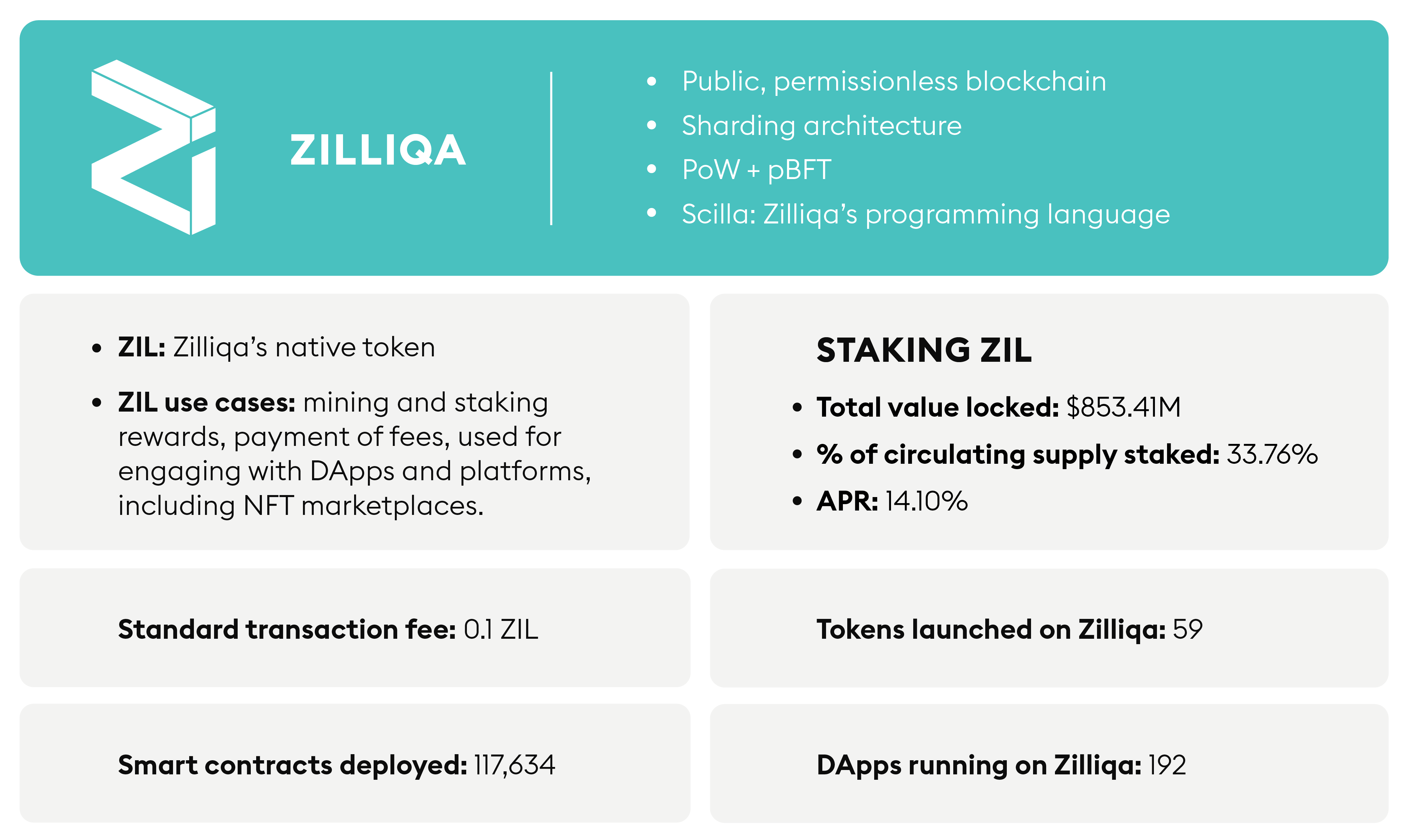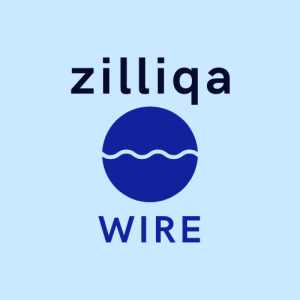Sharding is one of the solutions currently being worked on in the space to help overcome the problem of blockchain scalability. Zilliqa has developed its own sharding technique, known as partitioned sharding, where individual shards don’t directly communicate with each other via through a central relay. To the extent Zilliqa’s sharding technology improves on the problems of scalability, it would become ever more valuable through its utility to users of being to successfully handle a growing number of transactions in a shorter amount of time relative to other blockchains. Overcoming these hurdles would be one way that blockchain broadly-speaking can grow and scale, which opens to the door to more mainstream adoption. Zilliqa is on the forefront of this technique and technology which bodes well for the ecosystem into the future. The following article from BitPanda goes into good detail on this subject.
Zilliqa, the sharding-based blockchain in the spotlight

By Camilla Marziani
21.04.2022
Scalability issues are commonplace in the world of blockchain and projects in the space have been trying to provide new solutions since the inception of blockchain technology. Zilliqa has adopted a unique approach to the problem by offering a permission-less, public blockchain with sharding as a Layer-2 scaling solution. Learn more about Zilliqa and its native coin ZIL below.
Various blockchain projects have been trying to solve scalability issues, as many believe these problems constitute one of the major setbacks to the mainstream adoption of blockchain technology. Zilliqa is among the ecosystems working on this by implementing sharding as a Layer-2 scaling solution.
The ecosystem offers multiple features for developers and creators, employing a combination of Proof of Work and practical Byzantine Fault Tolerance protocol. It has also enabled the mining and staking of ZIL, Zilliqa’s native token.
Zilliqa has been making headlines lately, as the blockchain has partnered with the global talent awards app, Agora. Zilliqa is set to provide blockchain solutions for Agora and it was chosen as the one powering Metapolis described in their media announcement as the “the first metaverse-as-a-service (MaaS) platform”. Metapolis launched on April 2 and it was inaugurated with a VIP party in Miami.
Understanding Zilliqa
This blockchain ecosystem focuses on increasing speed and throughput by employing sharding as a scaling solution. Zilliqa wants to provide developers with a fast and efficient ecosystem where they can implement user-friendly DApps and smart contracts written in Scilla, which is the blockchain’s programming language. Before deep diving into the project, let’s see some of its core features and metrics in Zilliqa’s crypto ID.

Zilliqa’s scaling solution: mainnet sharding
The project’s official website describes Zilliqa as:
“a high-throughput public blockchain platform designed to scale thousands of transactions per second”.
Zilliqa’s high throughput and speed are enabled by sharding: simply put, sharding splits the network in several mini-blockchains, called “shards”. Thanks to these shards, all data coming into Zilliqa’s blockchain can be processed in smaller sections and shared asynchronously among the shards. Consequently, the workload of the blockchain gets spread across the shards and each of them takes care of a portion of the transactions that need to be processed. Each Zilliqa shard can process transactions in parallel with the others, making the system faster.
A group of shards that plays a special role in the blockchain is the Directory Service (DS) committee. This group determines the shard memberships, assists with the supervision of the shards and puts the results of the transaction validations together.
Sharding allows the network’s throughput to increase along with the size of the network: a bigger blockchain means more shards, and more shards mean more transactions that can be processed. Thanks to this architecture, Zilliqa claims to process more than one million transactions a month.
The combination of Proof of Work and practical Byzantine fault tolerance
There are two algorithms involved in the functionality of Zilliqa’s blockchain: Proof of Work and practical Byzantine fault tolerance (pBFT). The consensus in Zilliqa is reached by the shards through the pBFT protocol. This protocol is envisioned for asynchronous systems, it enables transaction finality, aids in distributing block rewards to miners and requires low energy consumption.
You might be wondering, if not for reaching the consensus, which role does the Proof of Work play?
Zilliqa uses Proof of Work as a type of entry test: the nodes that want to enter the blockchain and participate as shards need to solve the mathematical puzzle presented by the PoW. If they solve this test, they get to be Zilliqa’s shards, participate in the network and get rewards. This use of the Proof of Work represents a security measure to protect the network from malicious attacks.
Zilliqa for developers and creators
While its sharding architecture aims at solving scalability issues, Zilliqa realised that, for blockchain technology to become truly mainstream, it needs to offer valuable use cases to the people. In pursuit of widespread adoption of blockchain technology, Zilliqa wants to provide a safe space where developers and creators can implement a variety of decentralised applications and smart contracts, but also make use of platforms for monetising and decentralising content.
Developers on Zilliqa can create and implement DApps and smart contracts and launch tokens on the network. As of now, more than 110,000 smart contracts have been deployed on the network, 192 DApps are running on the blockchain and 59 tokens have been launched. The programming language of Zilliqa is Scilla, short for “smart contract intermediate-level language”, which is a peer-reviewed smart contract language inspired by functional programming languages such as OCaml. The official website offers 31 lessons on how to code with Scilla, with elementary, intermediate and advanced classes.
For creators, the blockchain offers platforms and tools tailored to help them with growth and content monetisation. Zilliqa takes an holistic approach to what it calls creator economy: users in the ecosystem can mint NFTs on marketplaces and access several platforms to monetise their content, interact with fans, collaborate on art projects, share peer-to-peer content and even apply for funding through the Creator Fund, an initiative by Zilliqa investing in innovation in the NFT and Metaverse space.
What is ZIL?
ZIL is the native token of the Zilliqa ecosystem. It is used for a wide range of purposes from mining and staking rewards to the payment of transaction fees. It is also required to execute smart contracts and interact with all DApps and platforms on the blockchain, including in NFT marketplaces. In fact, NFTs can be sold and bought using ZIL. The fees paid in ZIL are stored in the blockchain for paying future mining rewards. This way, ZIL acts as a tool to keep the network secure.
via this site
